AirPlay Not Working? How to Get Screen Mirroring Working
Is AirPlay not working on your TV, iPhone, iPad, or speaker? Here's what to do when AirPlay won't connect.


Is AirPlay not working for you? If AirPlay is not available, unable to connect, or dropping out, or if screen mirroring and streaming lags, here’s what to do. Here's how to fix AirPlay and screen mirroring on an iPhone, iPad, and Mac and what to do if AirPlay to TV is not working.
Related: How to Use AirPlay 2 from the Control Center on Your iPhone
What Is AirPlay?
The Apple AirPlay feature uses Wi-Fi to share audio, video, photos, and device screens to other AirPlay compatible devices, and you can use AirPlay 2 from the Control Center on your iPhone. Usually, AirPlay works very well, but sometimes AirPlay won't connect to a TV, Mac, iPad, or iPhone. If you're wondering, "why is my Apple AirPlay not working?" and "how do I get AirPlay to work again?" here's what to do. For more great AirPlay streaming tutorials, check out our free Tip of the Day.
How Does AirPlay Work?
For AirPlay to work, your devices need to be near each other and turned on. If you are trying to AirPlay to your Apple TV, make sure your device is awake and not in Sleep mode. It is impossible to enjoy AirPlay and Apple TV mirroring without the internet unless you use peer-to-peer AirPlay.
AirPlay does not support all media types, which may result in an error message that says "video format not supported." It isn't entirely clear what the AirPlay unsupported video formats are, and sometimes a quick device restart can fix it.
Do keep in mind that some streaming services, such as Netflix, have discontinued the ability to use AirPlay for video quality reasons. Attempting to do it anyway may result in this error message. Also, make sure you're only trying to stream from one device at a time.
The great thing about AirPlay is that you can stream various forms of media on different devices simultaneously. To learn how to use AirPlay, check out these tips.
What to Do When Screen Mirroring & AirPlay Aren't Working
- 1. Check if Your Device Is Airplay Compatible?
- 2. Check for Apple Software Updates on All Devices
- 3. Restart Your Devices
- 4. Make Sure Bluetooth Is Working
- 5. Check Your Wi-Fi Networks
- 6. Check Your AirPlay Settings
Check for AirPlay Device Compatibility
There seems to be some confusion about which devices are compatible with AirPlay. The first step to troubleshooting when AirPlay doesn't work is to find out if you have an AirPlay-compatible TV, speaker, or other devices. You can learn which devices support AirPlay 2 and AirPlay on Apple’s website. AirPlay might not be working simply because the device isn’t compatible.
To quickly check that you have AirPlay on your iPhone:
- Open the Control Center by swiping down from the right corner on your Home screen. Swipe up from the bottom if you have an older iPhone model with a Home button.
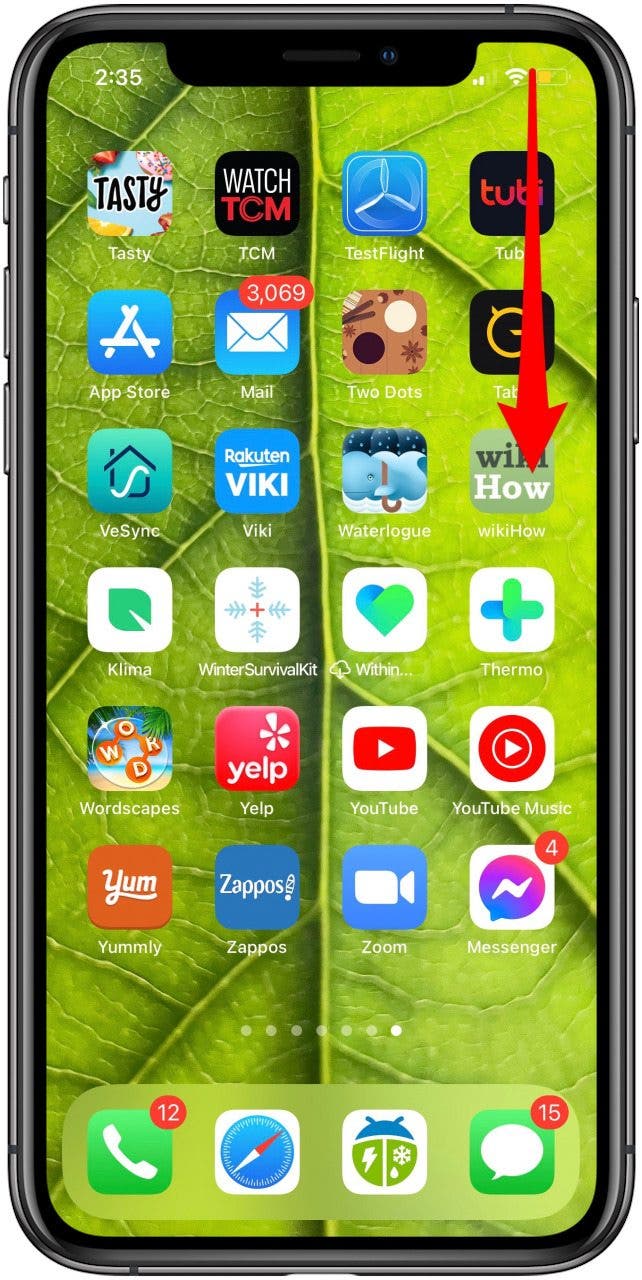
- If you see the Screen Mirroring icon, your iPhone is AirPlay compatible.
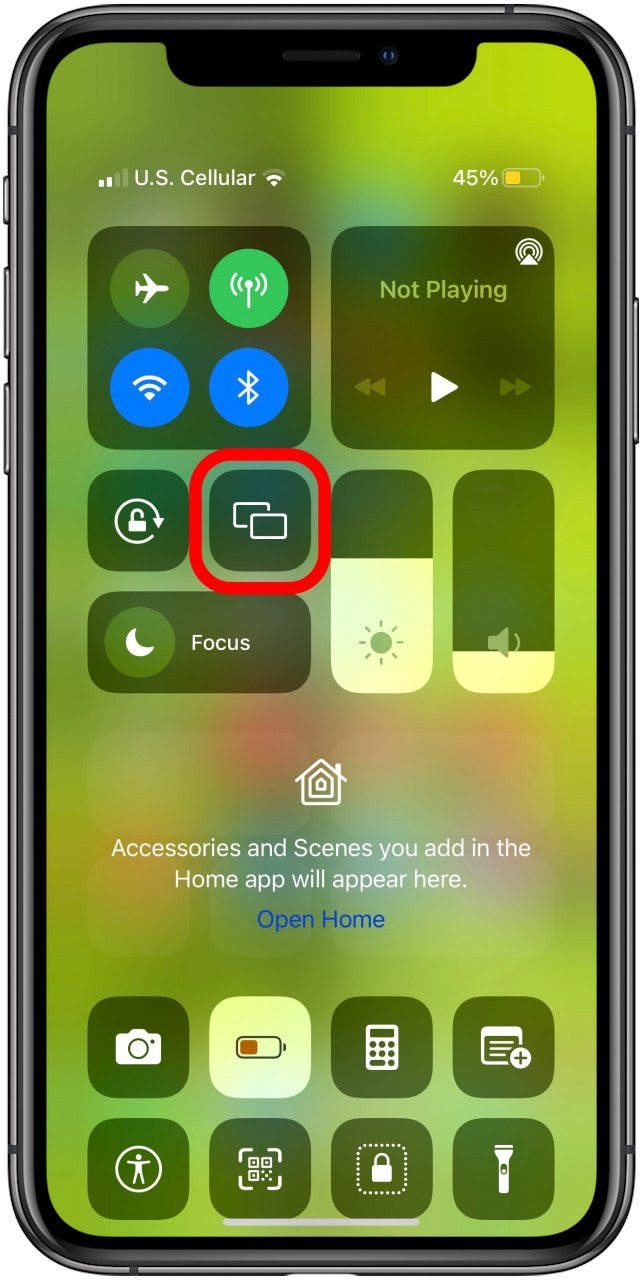
Pro Tip: You can easily enable quick iPhone-to-HomePod audio handoff. Open the Settings app, tap General, tap AirPlay & Handoff, and toggle on Transfer to HomePod.
Check for Apple Software Updates on All Devices
It is essential to perform Apple software updates to help fix commonly known bugs or introduce valuable features to your device. If you experience sudden AirPlay issues, make sure that the software on both devices is up to date.
Restart Your Apple Devices
If your devices are on and the software is updated, the next step is to do a quick restart. Performing a restart seems simplistic, but since it clears the RAM and closes any apps running on your device, it can help fix technological glitches. If you're not sure how to restart your Apple device, follow these step-by-step instructions:
Pro tip: To restart your HomePod, just unplug it, wait for 10 seconds, and then plug it back in again.
Make Sure Bluetooth Is Working
If you're unable to connect AirPlay and you suspect your Bluetooth is not working, we have an article about how to fix Bluetooth.
Check Your Wi-Fi Networks
Although Apple says that you should make sure that your Bluetooth is on, AirPlay works over Wi-Fi. To AirPlay between devices, connect both to the same Wi-Fi network. If you notice that one of them is signed into a different network, sign out and connect to the correct one. If you have to connect manually, we have a troubleshooting guide on what to do if your iPhone is not connecting to Wi-Fi. You can also:
- Turn Wi-F off and on again.
- Reboot your Wi-Fi router.
- Check with your internet service provider to make sure that your router's firmware is up to date.
Pro tip: If you are at a friend's house and want to AirPlay from your iPhone to their TV, they can share their Wi-Fi password with you with a quick tap!
Check Your AirPlay Settings
If you're wondering your AirPlay is not connecting to your TV? or how to fix AirPlay on your smart TV, your settings may be preventing you from AirPlaying to your Apple TV or HomePod.
How to Enable Everyone to Use AirPlay on Your Apple TV
- Open the Settings app.
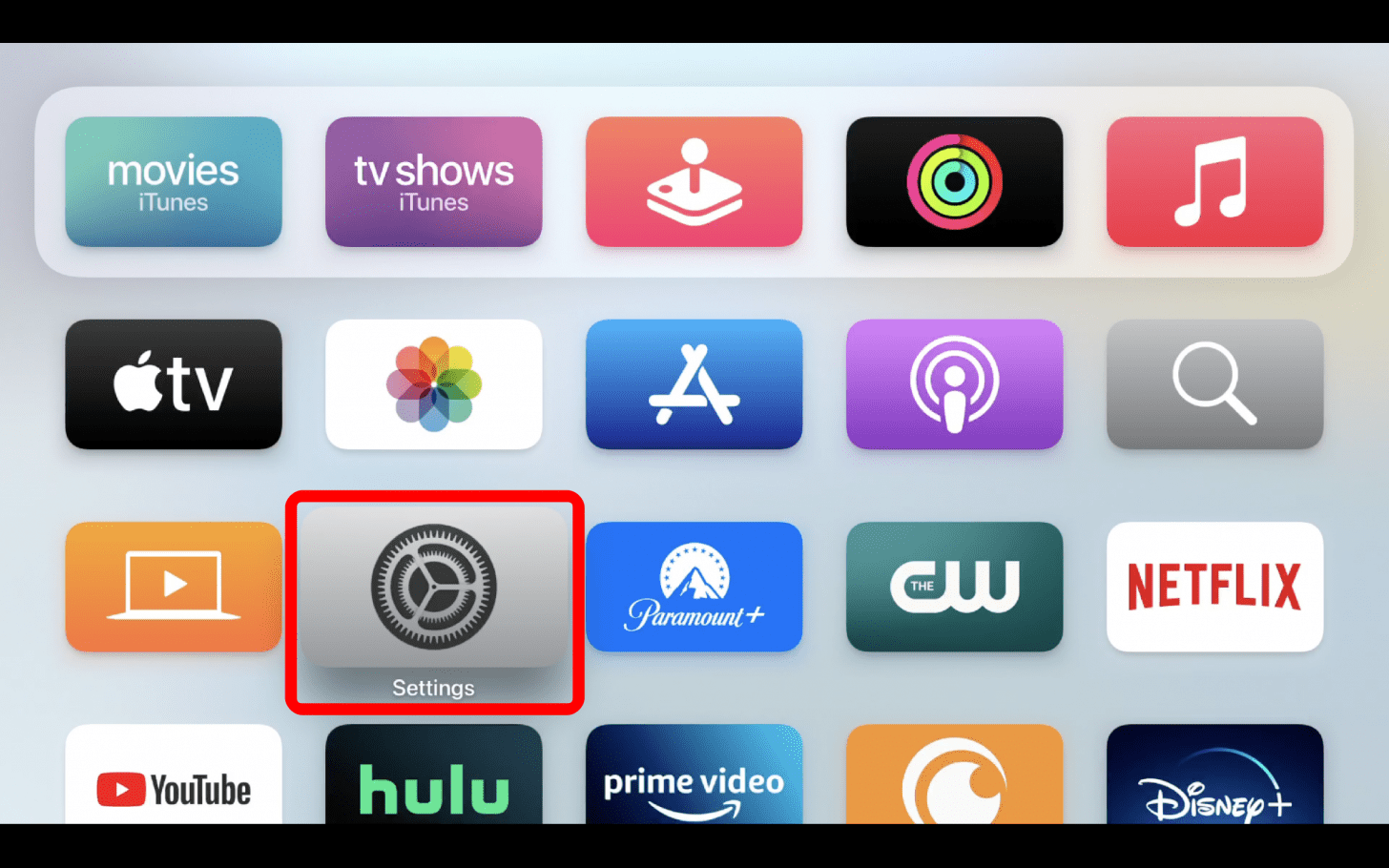
- Open AirPlay and HomeKit.
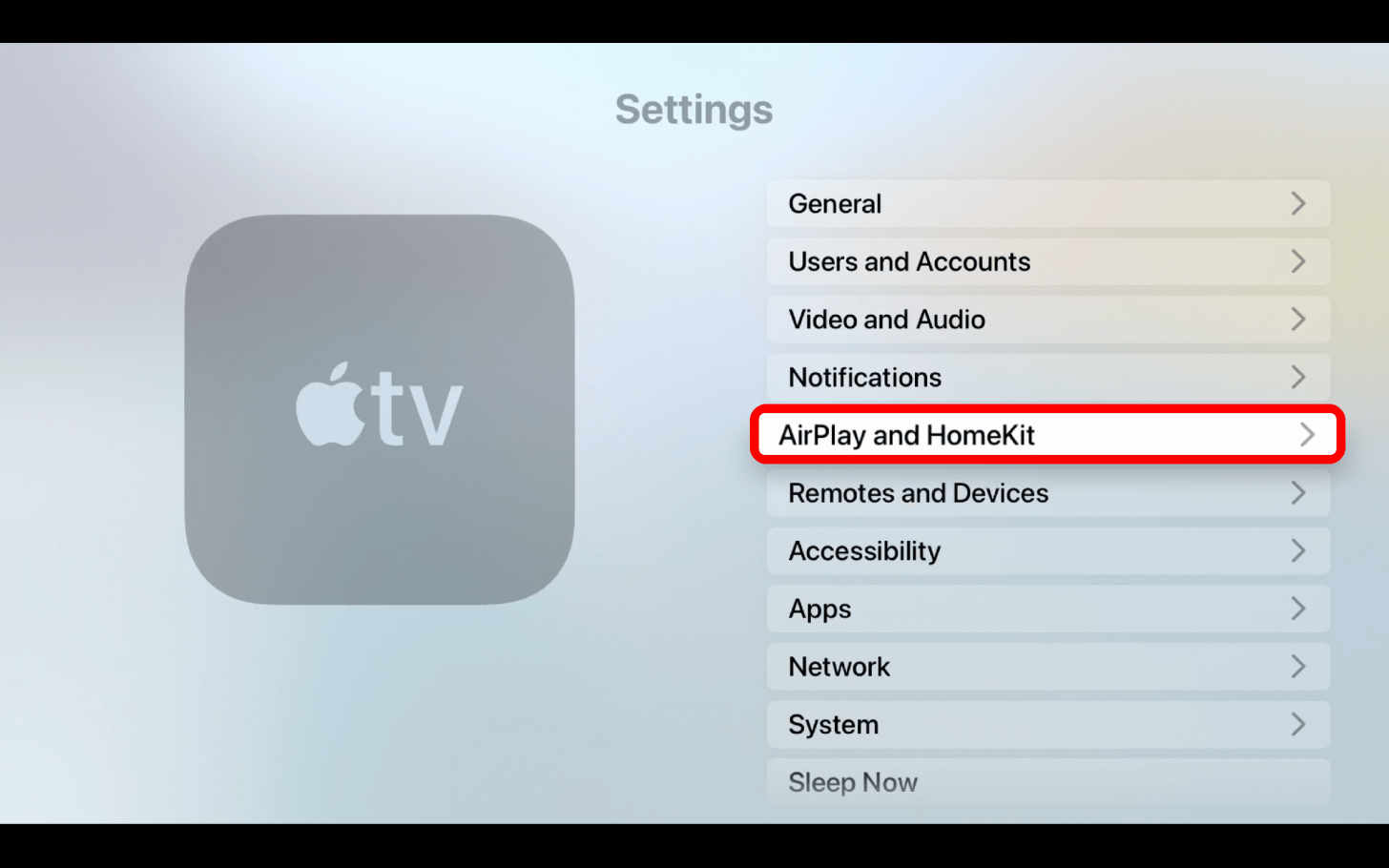
- Select Allow Access.
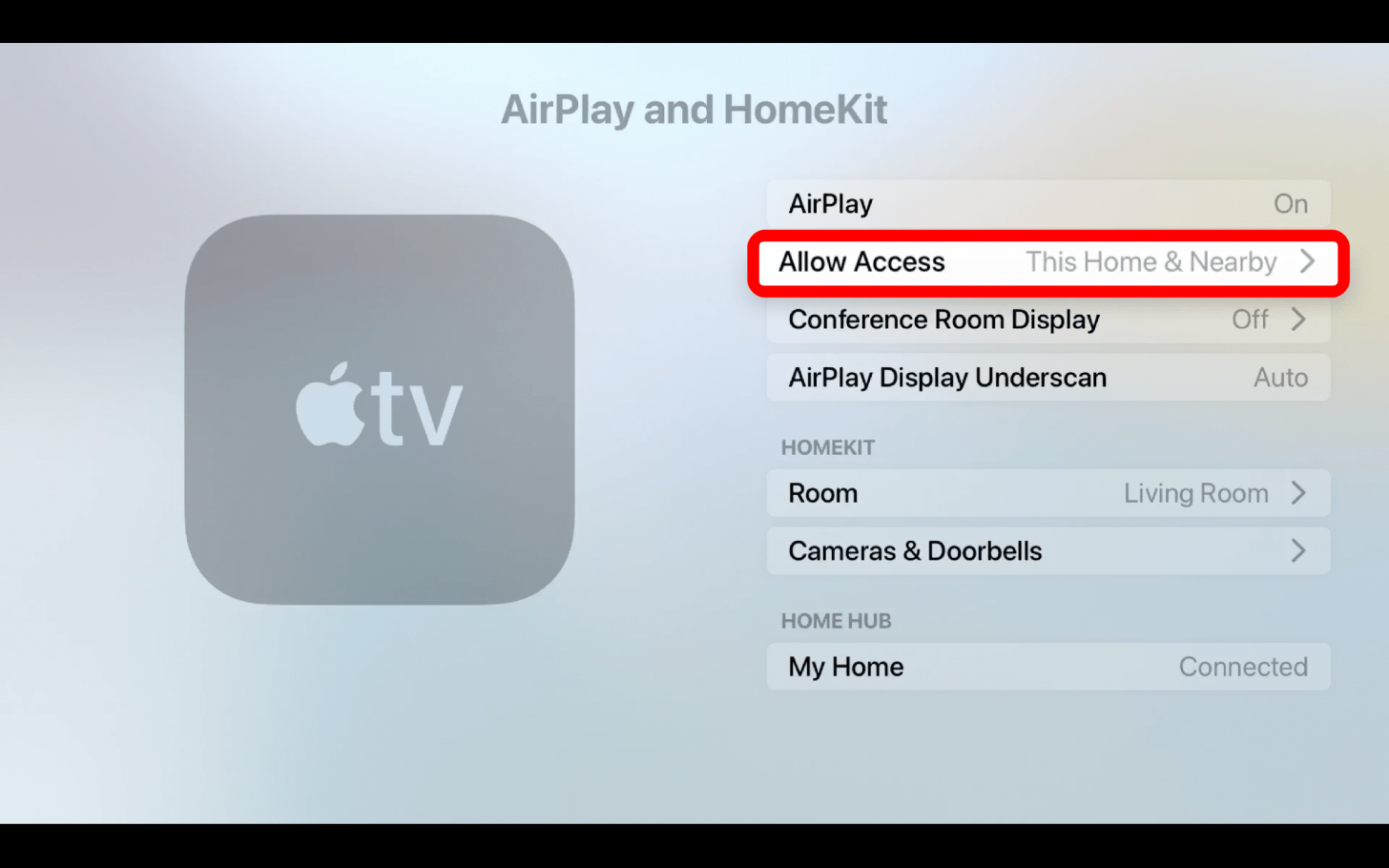
- Choose Everyone.
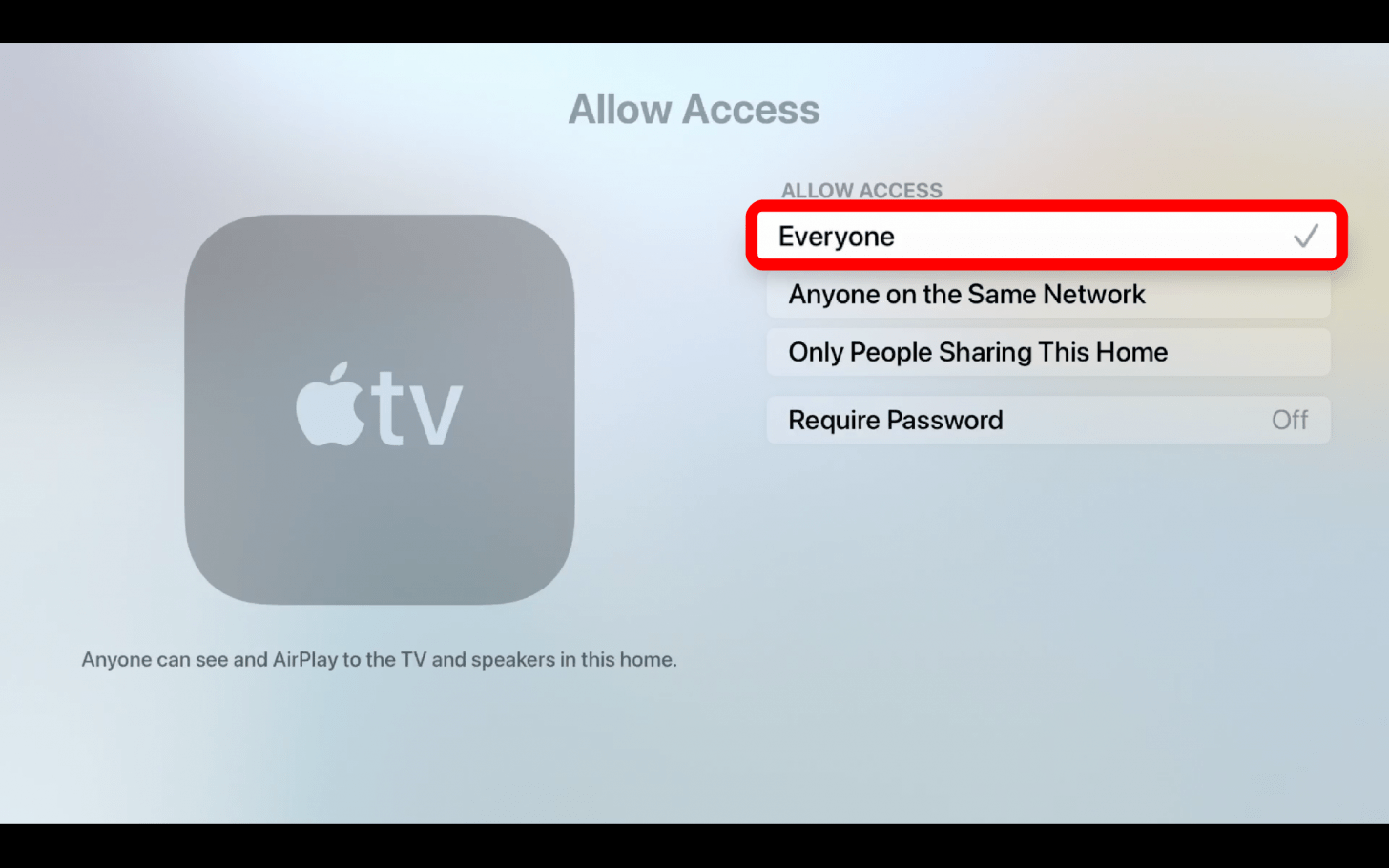
Now anyone can use your Apple TV, AirPlaying on it from their iPhone or iPad! If you need a refresher on how to use AirPlay or AirPlay 2, check out these articles.
You should now understand how to AirPlay to your TV and HomePod. Now you know how to check your AirPlay TV settings and take the basic troubleshooting steps to fix any issues. If you've followed all these steps and are still experiencing problems, consider reaching out to Apple support directly. Next, learn how to play Spotify on HomePod using AirPlay! Also, if you're having trouble with AirPlay not working, we've got a few quick fixes to help get you up and running!
If this troubleshooting article helped you, you may also enjoy Walkie-Talkie on Apple Watch Not Working or AirPods Not Charging? Easy Solutions for AirPods & AirPod Cases.

Olena Kagui
Olena Kagui is a Feature Writer at iPhone Life. In the last 10 years, she has been published in dozens of publications internationally and won an excellence award. Since joining iPhone Life in 2020, she has written how-to articles as well as complex guides about Apple products, software, and apps. Olena grew up using Macs and exploring all the latest tech. Her Maui home is the epitome of an Apple ecosystem, full of compatible smart gear to boot. Olena’s favorite device is the Apple Watch Ultra because it can survive all her adventures and travels, and even her furbabies.
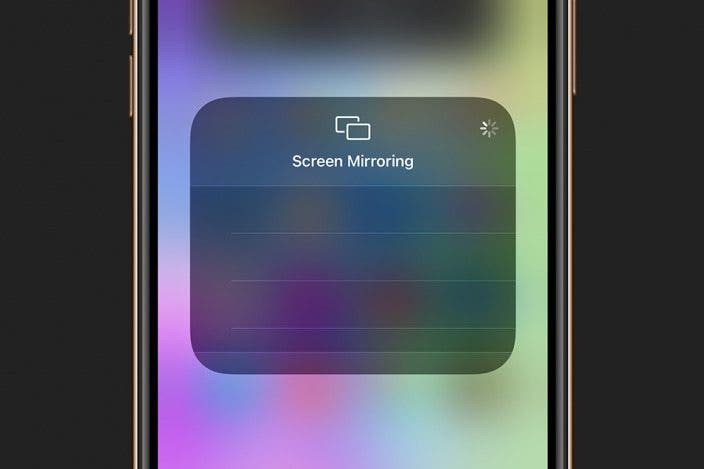
 Rachel Needell
Rachel Needell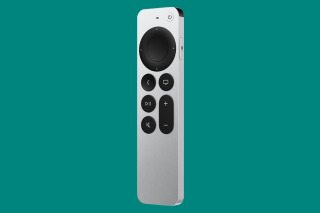
 Olena Kagui
Olena Kagui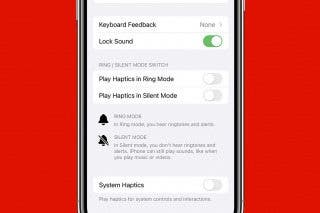
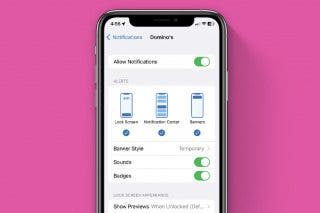
 Kenya Smith
Kenya Smith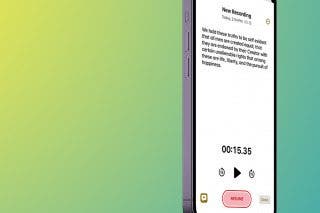
 Leanne Hays
Leanne Hays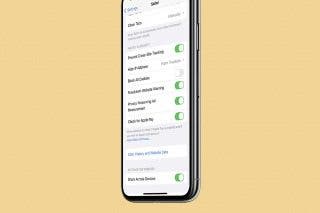
 Brian Peters
Brian Peters
 Rhett Intriago
Rhett Intriago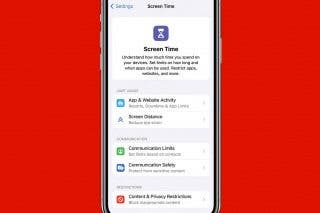

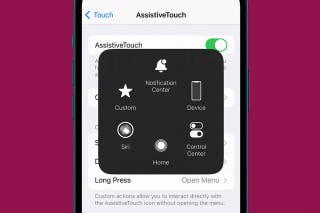
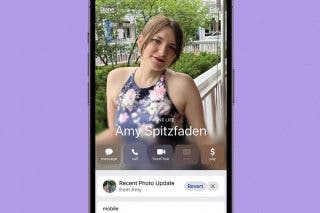
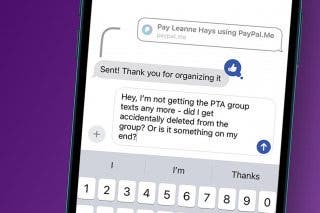

 Donna Schill
Donna Schill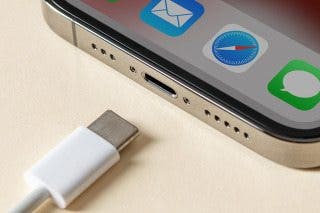

 Ashleigh Page
Ashleigh Page